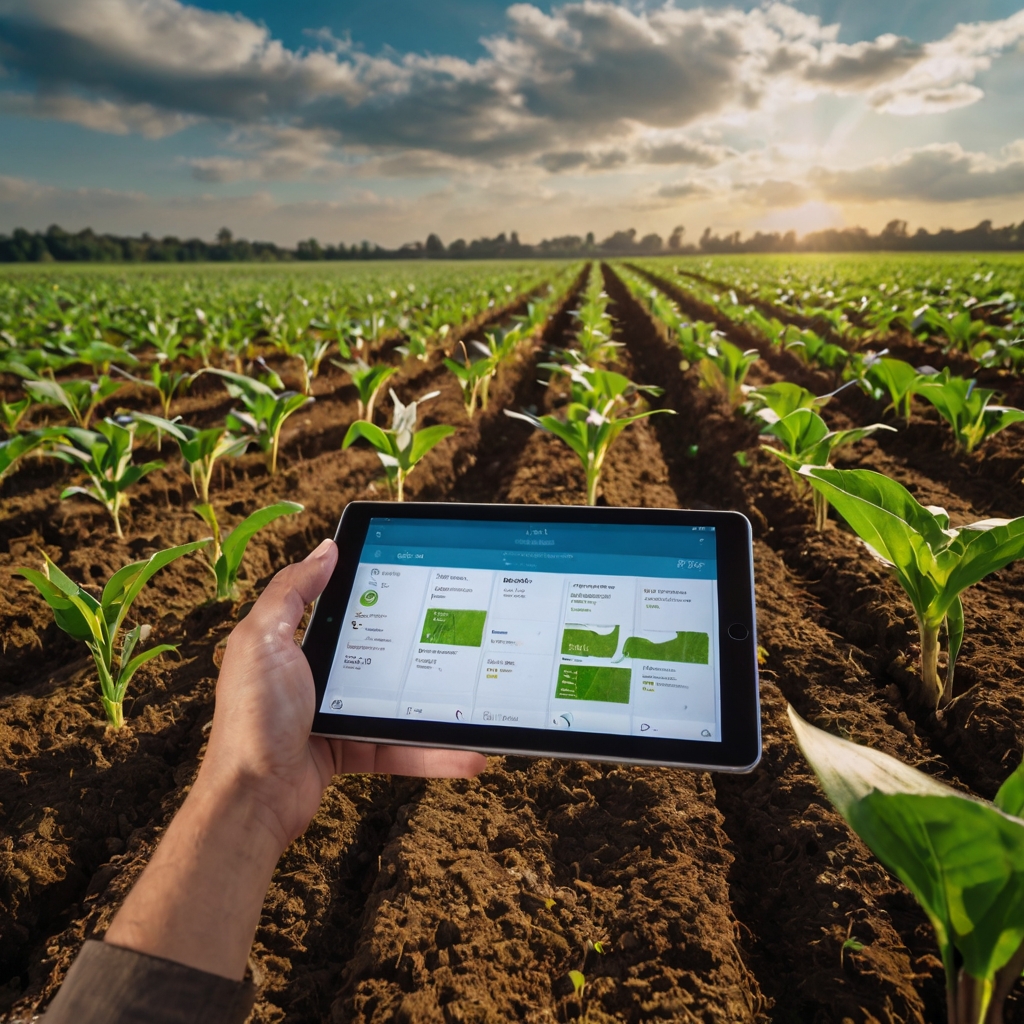As the agricultural sector continues to evolve, the Internet of Things (IoT) is playing a pivotal role in transforming traditional farming practices into data-driven, efficient, and sustainable operations. In 2024, the agriculture IoT market is poised for significant growth, driven by technological advancements, increasing demand for food, and a heightened focus on sustainability. Let’s delve into the size of the agriculture IoT market and the factors fueling its expansion.
Market Size and Projections
In 2024, the agriculture IoT market is expected to reach approximately $25 billion, reflecting a robust growth trajectory. This represents a compound annual growth rate (CAGR) of around 16% from 2020. The rapid adoption of smart farming technologies, coupled with the increasing integration of IoT devices in agricultural processes, is propelling this growth.
The expanding market size is attributed to several factors, including the increasing need for efficient resource management, the rising population, and the corresponding demand for food production. As farmers seek innovative solutions to enhance crop yield while minimizing costs and environmental impact, IoT technologies offer viable pathways to achieve these objectives.
Driving Forces Behind Growth
-
Rising Demand for Food: The global population is projected to reach nearly 10 billion by 2050, significantly increasing the demand for food. This pressure on the agricultural sector is driving farmers to adopt IoT solutions that enable precision farming, improving yields while using fewer resources.
-
Technological Advancements: The continuous development of IoT devices, sensors, and data analytics tools is making smart farming more accessible. These technologies are becoming increasingly affordable and user-friendly, allowing farmers of all sizes to benefit from IoT capabilities.
-
Focus on Sustainability: Environmental concerns and the need for sustainable farming practices are gaining prominence. IoT technologies help optimize water usage, reduce chemical runoff, and enhance soil health, aligning with global sustainability goals. Farmers are leveraging IoT to implement practices that not only improve productivity but also protect the environment.
-
Government Initiatives and Support: Many governments are recognizing the potential of IoT in agriculture and are providing incentives and support for digital transformation in the sector. Policies aimed at promoting smart farming practices are helping to drive the adoption of IoT technologies.
Applications Fueling Market Expansion
The agriculture IoT market encompasses various applications, including:
-
Precision Agriculture: Utilizing sensors and data analytics to monitor crop health and soil conditions, enabling targeted interventions that boost yield and efficiency.
-
Livestock Monitoring: IoT solutions that track the health and location of livestock, ensuring better management and reducing losses.
-
Smart Irrigation Systems: Automated systems that monitor soil moisture and weather conditions, optimizing water usage and conserving resources.
-
Supply Chain Management: Enhancing traceability and transparency in the agricultural supply chain, from farm to consumer.
Conclusion
The agriculture IoT market in 2024 is set to witness substantial growth, driven by the convergence of technology and agricultural practices. As farmers increasingly turn to IoT solutions to meet the challenges of modern agriculture, the market size reflects a broader shift toward smart, sustainable farming. This digital transformation not only aims to increase productivity but also ensures that agriculture can meet the demands of a growing global population while preserving the planet for future generations. As we move forward, the integration of IoT in agriculture will undoubtedly shape the future of food production, making it smarter and more efficient than ever before.
